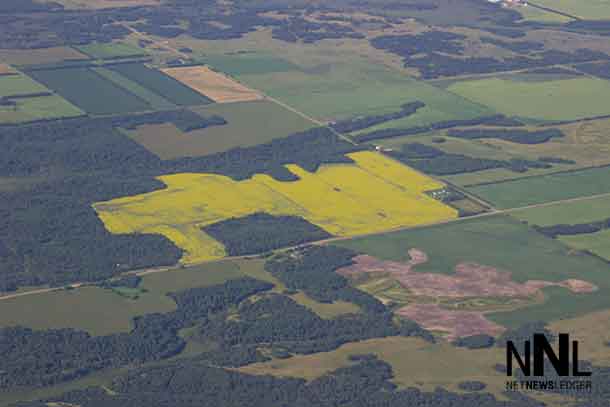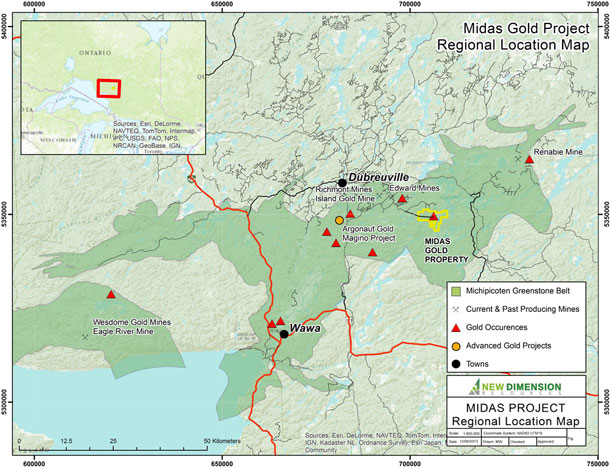Many homeowners think they only need their lot graded once when the home undergoes construction, but technology has not changed the need to re-grade a lot throughout property ownership. Over time, the ground changes due to soil movement and erosion. A homeowner might need to grade their lot or areas of it many times during their ownership period.
This article considers when to grade a plot of land. It also offers advice on how to achieve the best results on the grading project. Let’s get started.
Foundation for a Home or Another Structure
Before building a home or another structure, grading the lot completely is essential. Any type of structure, from a house to a gazebo, needs a completely flat piece of ground for its foundation. This ensures the building can be constructed with level flooring and prevents future foundation issues like settling. Buildings of all kinds need this flat ground, especially if they’re built with a slab foundation, including workshops, detached garages, storage sheds, etc.
House Lifting and Re-leveling
Over time, changes in soil and erosion can cause ground instability. This may cause damage to your home’s foundation, which may require excavation and re-grading to repair. Homeowners pay, on average, about $4,640 to repair foundation problems. As soon as you notice grading problems, get them fixed to prevent serious foundation damage.
Decomposition of Mulch
Even the ground that a homeowner brings to their site changes with time. Many individuals add a layer of mulch to their yard to keep their landscaping installations healthy. Most organic mulches only last three to nine months. You can also choose wood chip mulch, which lasts between three and five years. Make sure to place it in properly graded areas to enhance its longevity.
Upgrading Hardscapes
Installing a hardscaping improvement, such as a new driveway or a walkway, requires grading the area around and beneath it. Grading reduces potential issues with pooling water, which would reduce the lifespan of the new pavement. A new asphalt driveway costs between $5 and $7 per square foot, according to The Spruce, and a concrete driveway can be even more costly. Save money in the long run by addressing grading issues before hardscaping your property.
Grading and Excavation
Grading and excavation often go hand in hand. Grading refers to making an area level, but that sometimes requires excavation and the removal of dirt. Excavation typically occurs on larger building projects, such as installing in-ground swimming pools or putting in an in-ground storm shelter or basement.
The excavation happens first and usually requires bulldozers or tractors with a bucket attachment to scoop up the dirt and move it to another area, temporarily. For a building, contractors grade the ground, erect the foundation, and install the cement slabs for the structure. Most pool installers provide their own excavation crew. When building a house with a basement or a storm shelter, the homeowner typically needs to hire a separate excavation crew.
No excavation project is truly complete without grading services. Rainwater needs to be diverted away from new foundations and pools to protect them from water infiltration. Whenever you’re planning a major project that requires excavation, make sure to ask your contractors about their plans to grade your property.
Always Grade Land Before a Construction Project
When undertaking any type of construction project, grade the area for the project first. Grading ensures level ground for a level foundation. Unless you construct a stilt house or stilt deck, you will need to grade the lot before construction. Although this first step costs a few thousand dollars, it ensures the ground can handle the structure going on it and prevents long-term water damage.





